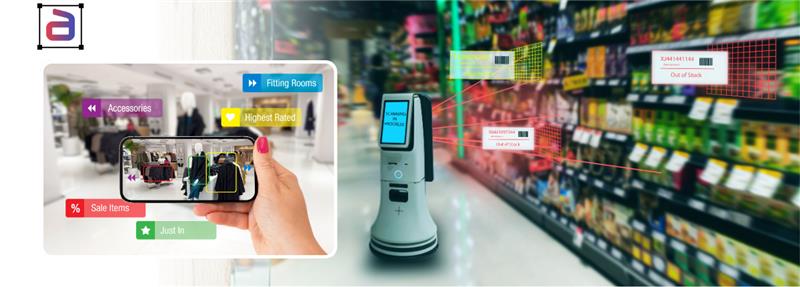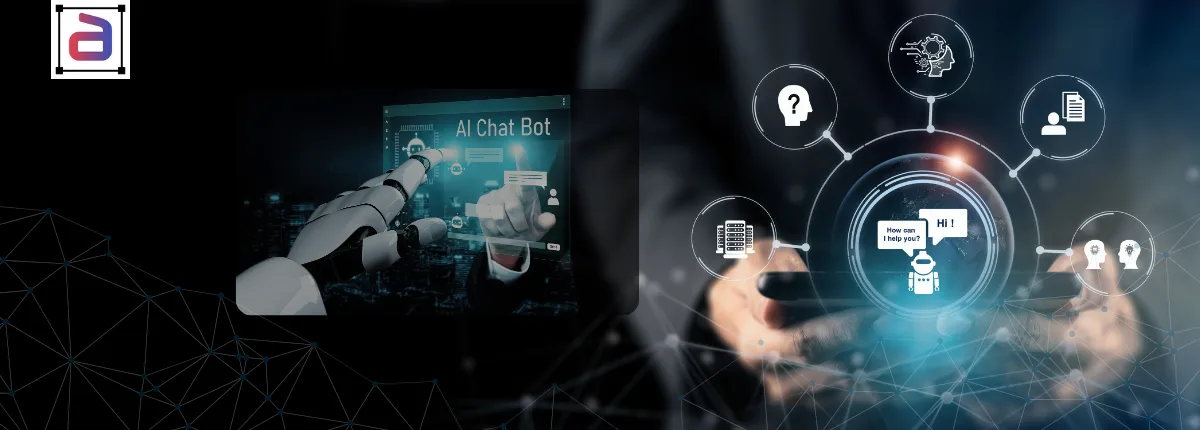In the age of voice assistants, call-center analytics, podcasts, and conversational AI, the importance of well-annotated audio cannot be overstated. At Annotera, we believe accurate, scalable audio annotation unlocks the true power of audio & speech annotation intelligence systems. In this post, we dive deep into three essential components of audio annotation — transcription, speaker diarization, and noise handling — and discuss best practices, challenges, and how to build a robust pipeline.Audio annotation is the secret sauce that allows supervised machine learning models to learn.
Let’s begin by unpacking the components in turn, then discuss how they interplay in a real-world pipeline.
Transcription: Converting Speech to Text
Transcription plays a vital role in converting speech to text with precision and clarity. By accurately capturing spoken words, it enables better accessibility, analysis, and automation. Moreover, advanced AI and human-in-the-loop processes ensure context-aware transcription, transforming audio data into reliable, actionable text for diverse applications across industries.
What is Transcription Annotation?
Transcription is the base-level annotation task: converting spoken audio to text, usually by human annotators (or semi-automated tools), often with timestamps. Beyond literal transcription, advanced annotation may include marking disfluencies (“uh”, “um”), laughter, pauses, or partial words. These enriched layers of text annotation ensure the data captures conversational nuance and provides the precision required for downstream NLP and speech-model training.
A speech model is only as good as its training data. Without accurate transcripts, downstream models (such as automatic speech recognition, sentiment analysis, or semantic extraction) will underperform. As one data annotation blog puts it:
Challenges In Transcription
- Ambiguity & noise: Poor audio quality, strong accents, or overlapping speech can lead to uncertain transcripts.
- Consistency & guidelines: If multiple annotators work, you need strict style guides (e.g. how to treat filler words, punctuation, capitalization).
- Turn segmentation: When does a speaker’s turn begin or end? This matters downstream for diarization and alignment.
At Annotera, we emphasize an iterative guideline-creation process—letting annotators flag ambiguous segments, revise the schema, and ensure consistency across large batches. As a data annotation company, this disciplined approach enables us to deliver high-fidelity datasets that scale with evolving model requirements.
Speaker Diarization In Audio & Speech Annotation: Who Spoke When?
Transcription alone does not capture which speaker said what. That’s where speaker diarization comes in: segmenting a recording into homogeneous speaker regions and assigning a unique speaker label (“Speaker A”, “Speaker B”, etc.) through time.
The Diarization Pipeline (Traditional)
In many systems, the pipeline unfolds as:
- Voice Activity Detection (VAD) or Speech/Non-Speech segmentation
- Speaker change detection (finding boundaries where a new speaker begins)
- Feature extraction / embedding (e.g. x-vectors, spectral embeddings)
- Clustering or assignment (grouping segments by speaker identity)
More recently, end-to-end neural diarization models seek to collapse some of these modules into a single learnable framework.
Why Diarization Matters For Audio & Speech Annotation
- In meeting transcription: helps map utterances to participants.
- In call analytics: distinguishes agent vs. customer speech.
- In interviewing, podcasts: isolates speaker turns for indexing, summarization, or sentiment.
That said, diarization is often imperfect—overlapping speech, sudden changes, or very short utterances pose difficulties. Manual annotation is sometimes needed to correct ambiguous segments.
Noise Handling & Robustness
Real-world audio rarely arrives in a pristine state. Noise — whether ambient fan hum, cross-talk, room reverberation, or low-SNR — can cripple audio & speech annotation if not handled properly.
Types Of Noise And Problems
- Background noise: HVAC systems, street traffic, keyboard taps
- Overlapping speech: simultaneous speakers
- Distance, reverberation, echo: distant mics pick up reflections
- Non-speech sounds: music, door slams, coughs
These degrade both transcription and diarization quality, increasing ambiguity and error.
Strategies For Noise Robustness
- Preprocessing / signal enhancement
- Noise filtering, spectral subtraction, Wiener filters
- Beamforming (spatial filtering)
- Adaptive noise suppression
- Augmented training / synthetic data
- Mix clean speech with real or synthetic noise to train models
- Use simulators that generate multi-speaker mixtures with control over overlap and silence distributions.
- Confidence-driven annotation & human-in-the-loop
- Push ambiguous or low-confidence segments to manual review
- Use confidence heatmaps to visually flag hard zones for annotators
- Multi-modal cues (when available)
- In audio-visual settings, lip motion or face detection can help resolve ambiguity in audio.
In practice, combining preprocessing and human review yields the best results for high-stakes applications.
Putting It Together: A Robust Pipeline For Audio & Speech Annotation
Here’s how Annotera would conceptualize a full pipeline:
- Preprocessing & audio QC
- Normalize levels, remove silence floors, filter out obvious noise
- Flag problematic files (corrupt, clipped, low SNR)
- Automatic pre-labeling (optional)
- Run an ASR engine (e.g. Whisper or custom model) to produce draft transcripts
- Run diarization tool (e.g. pyannote.audio) to produce tentative speaker segmentation
- Human annotation / correction
- Annotators review and correct pre-labels
- Mark speaker labels, timestamps, edge cases (e.g. overlap, disfluency)
- Handle noise, clarify ambiguity per guidelines
- Multi-pass QA / validation
- Second pass review or inter-annotator comparisons
- Statistical checks (e.g. outlier segment lengths, speaker imbalance)
- Use sampling to verify annotation consistency
- Export / formatting
- Provide outputs in desired formats (e.g. JSON, CSV, ELAN EAF)
- Align transcripts and speaker labels for downstream model ingestion
Throughout, we maintain versioned audio & speech annotation guidelines and feedback loops, so that edge cases are captured and the schema evolves. This mirrors the “labeling-to-validation” ethos we espouse at Annotera.
5. Best Practices & Tips For Audio & Speech Annotation
- Start small, iterate your guidelines: Allow annotators to flag unclear cases in early batches.
- Balance automation with human oversight: Automated tools help scale, but humans usually outperform machines in edge cases.
- Track metrics (WER, DER, consistency): Monitor annotation quality and model feedback loops.
- Use consensus / arbitration in QA: For conflicts, a third annotator or lead reviewer can arbitrate.
- Diversify audio sources: Use a mix of accents, environments, microphone types — helps generalization.
- Protect privacy & anonymize sensitive speech: Especially in regulated domains, mask PII or voice identities.
As one annotation blog notes:
“Automation can reduce the manual burden — if you use it wisely.”
6. Challenges & Future Directions For Audio & Speech Annotation
Audio and speech annotation face challenges such as background noise, speaker variation, and context ambiguity. However, advancements in AI-driven tools and human-in-the-loop workflows are paving the way for greater accuracy and scalability. Moreover, the future of speech annotation lies in adaptive systems that learn continuously to enhance linguistic and acoustic understanding.
Scalability vs. accuracy trade-off
Larger volumes demand automation — but pushing too much into automation risks errors. Hybrid human-in-the-loop frameworks tend to be the sweet spot.
Overlapping / interrupted speech
Simultaneous speech from multiple speakers still stumps many diarization systems. Handling overlaps is an active research frontier.
Domain shift & generalization
Models trained in clean meeting rooms often fail in noisy, far-field, or domain-specific act (e.g. medical, courtroom). Ensuring domain diversity in training is crucial.
End-to-end models and joint tasks
Recent research aims to unify transcription, diarization, and even speaker identification in one model.
Multimodal integration For Audio & Speech Annotation
Fusing audio with visual or textual cues (e.g. lip motion, video) offers a path toward more robust systems in challenging environments.
Conclusion
Audio & speech annotation is not a trivial add-on — it is a foundational pillar for any system that talks, listens, or analyzes speech. Transcription gives you what was said; diarization helps tag who said it; noise-handling ensures that even in messy real-world settings, the output remains reliable.
At Annotera, our mission is to build annotation pipelines that scale and maintain quality. Through rigorous guidelines, blend of automation and human review, and continuous iteration, we aim to deliver annotated speech datasets that power world-class ML systems.
If you’d like to talk about your next voice or speech project — whether it’s call analytics, meeting transcription, or conversational AI — we’d love to chat and help you get started. Ready to transform your audio data into AI-ready insights? Partner with Annotera for accurate transcription, speaker labeling, and noise-free annotation—powering smarter voice technologies.


